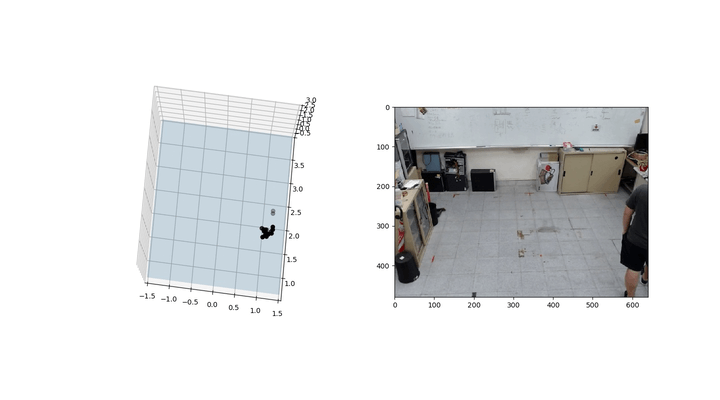Other Parts Discussed in Thread: IWR6843
I'm doing mmWave application research recently. I met a serious problem about ghost targets. When ghost targets generated, it is difficult for us to use cluster algorithm such as DBSCAN or OPTICS to classify the point clouds into correct group.
When only one person exist in experiment space, it is easy to exclude the ghost target and noise. If there are 2 or more people in the same space, it is difficult to exclude the ghost target and noise. Since the density of points in each group is sparse and instable under 2 people situation, the ghost targets is usually detected as a new group rather than noise. I also tried determining the ghost targets by SNR value, but it seems there is no law in ghost.
Here are my example. First gif is normal, second gif is ghost target problem


Is there any method can exclude ghost targets? Setting CFAR parameters or something else?

